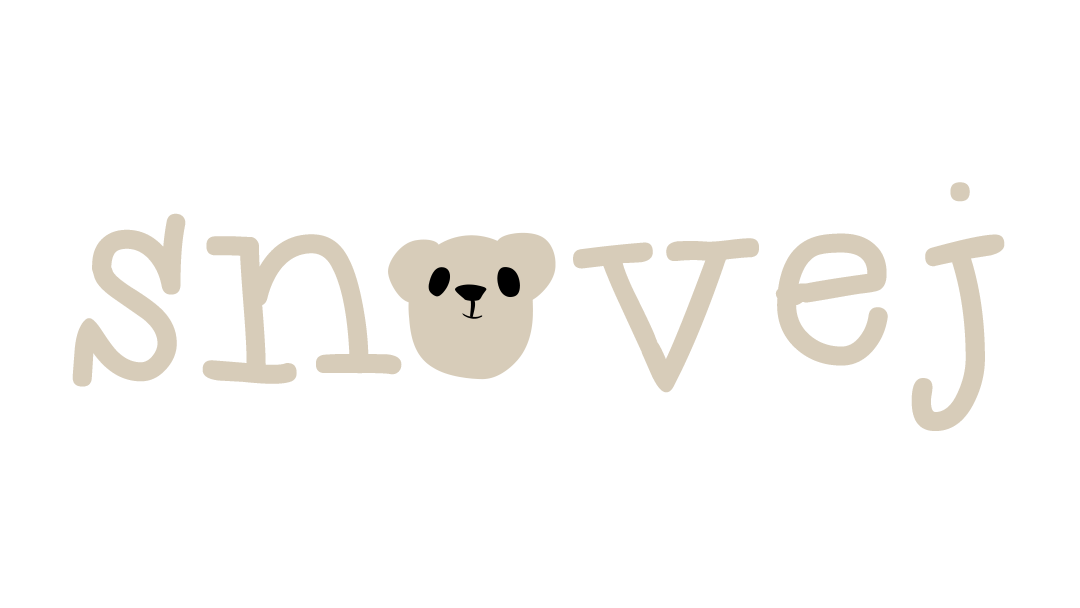
“Every button has a story. Every button is a tiny piece of history: a moment in time you can hold in your hand.” – Pam Vasilow (button collector)
I love buttons. I collect them. Buttons are more or less the only collection I have if you don’t count my arts and crafts materials. Never mind my trash collection… More on that later.
I started collecting buttons by accident in the mid ’90s. A friend of mine gave me a bag of her grandmother’s buttons to use for my crafting. The buttons were so pretty and interesting that I couldn’t use them up. I decided to make a display of them instead, but of course that never happened. (At least not yet.)
But I found more old buttons and so the collection grew. Mostly I found them among sewing stuff at flea markets and yard sales. I also found them on old clothing that I bought just for the buttons.
I realized I had a lot of interesting history hiding in my button box. I just had to know more. Who made them? What were they made of? Did they have a specific purpose? Did the patterns or logos on them mean something special? An old button made me think of the time when it was new. How was life then, who sewed the button on, who wore the garment?
I found books about buttons. I found out that people were collecting buttons just as people were collecting stamps and that some could be very valuable and sought after. I found The National Button Society and I found the magazine Bead and Button.
Then I found Button Shows! And Button Clubs!
Here’s a list of Button Clubs in several countries. Not all of them have an online presence but you can see if there’s anything in your area. There’s also an international online button club. You have to become a member before you can see the site.
In the beginning the button was used as decoration, with a hole or holes to fasten it on the garment. Maybe the button had a special meaning to the person wearing it, maybe it showed his importance, tribe or occupation. The earliest known button was found in Pakistan. It is made of a curved shell and is about 5000 years old.
Buttons for closing clothes didn’t appear until much later in the 13th century in Germany when somebody invented the buttonhole. Before buttons and buttonholes, clothes were fastened with pins, ties and belts.
Buttons as fasteners became rapidly popular to the point where certain rules were made about their usage. For instance people of the lower classes were not allowed to wear any other buttons than plain cloth covered ones. The buttons became status symbols and they were therefore also condemned as sinful and a sign of vanity. The more popular the buttons became, the fancier they got. The button had evolved from simple pieces of wood to miniature works of art.
The early buttons were made of clay, bone, horn, shells, wood and even bark like birch bark woven into small balls. Glass and metal buttons came a bit later. Buttons could also be big knots made of rope, fabric or leather. Even paper has been used. The buttons were made by hand and each button required a lot of work. The mass production did not start until the early 1900-hundreds.
The history of buttons is also the history of technology and compounds. At the end of the 19th century a material made from milk was invented. It can be called the first plastic. The milk stone, or Galalith, was a cheap, man-made material that could be dyed and shaped and strong enough to be made even into knitting needles. Then came Bakelite, the first synthetic plastic, invented in 1907. Lucite, a clear glass like synthetic material was invented in 1928. It is also called Acrylic Glass. Lucite buttons are still manufactured today. Modern plastic – polyester – buttons came in the late 1940s.
Today the natural materials have again gained in popularity. Buttons from materials like shells, wood and coconut are getting easier to find again.
Here’s some more button related links:
We have Promotional Buttons with political or funny messages. But that’s another story. They have their own Button Day on July 21st which is the day in 1896 when the nation’s first and foremost button maker, Whitehead & Hoag of Newark, NJ received their final patent for their pin-back button.
Then of course there’s another kind of button: the one that does all kinds of things just by pressing it!
Have a nice Button Day!
Marina

Leave a Reply